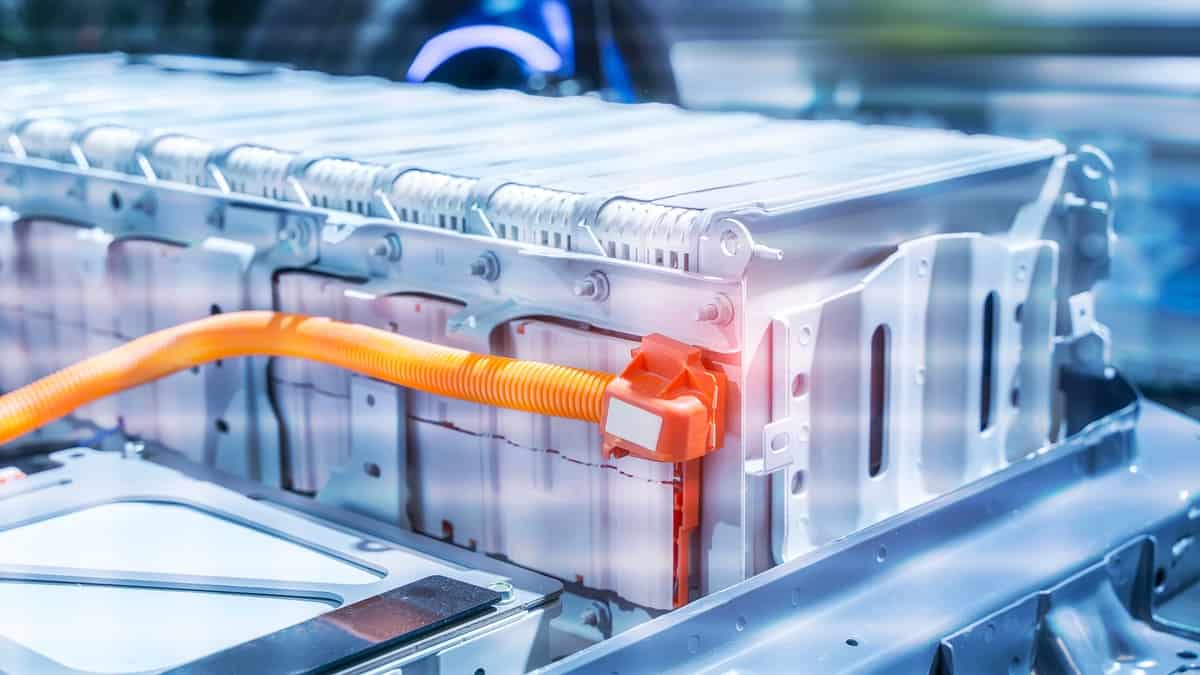Researchers from the prestigious Harvard University claim to have achieved a solid-state battery breakthrough that can support fast charging of just 10 minutes.
Solid-state battery breakthrough
According to the Harvard John A. Paulson School of Engineering and Applied Sciences (SEAS) report, the research team’s new lithium metal battery discovery can enable a charge/discharge of at least 6,000 times. It is indeed a remarkable development from any other pouch battery cell in the market today.
The research is available in the Nature Materials scientific journal, suggesting an innovative approach in solid-state battery development with a lithium metal anode.
“Lithium metal anode batteries are considered the holy grail of batteries because they have ten times the capacity of commercial graphite anodes and could drastically increase the driving distance of electric vehicles.
Our research is an important step toward more practical solid-state batteries for industrial and commercial applications.”
Xin Li, Associate Professor of Materials Science at SEAS and senior author of the paper
Challenge
Dendrites formation on the anode’s surface continues to impede solid-state battery development. For context, dendrites are metallic projections that may form on the surface of lithium and extend into the electrolyte, like roots.
In effect, dendrites can pierce the barrier separating the anode and cathode, potentially causing the battery to short or catch fire.
In response, the research team developed a multilayer battery, which includes different materials of varying stabilities between the anode and cathode, in 2021. It essentially deterred lithium dendrite penetration by only containing them. However, this battery discovery did not completely stop the formation of dendrites.
Solution
Finally, the research team found a new approach in its latest study that can potentially address the prevailing issue with dendrites.
They managed to stop dendrite formation through the use of micron-sized silicon particles in the anode. This strategy enabled the team to limit the lithiation reaction. It also stimulated the homogeneous plating of a thick layer of lithium metal.
“In our design, lithium metal gets wrapped around the silicon particle, like a hard chocolate shell around a hazelnut core in a chocolate truffle.”
Xin Li, Associate Professor of Materials Science at SEAS and senior author of the paper
Plating and stripping can occur rapidly on a flat surface, allowing the battery to recharge in approximately 10 minutes.
The Harvard University researchers developed a postage stamp-sized pouch battery cell version. Impressively, it is 10-20 times bigger than the coin cell produced in the majority of university labs. The new solid-state battery managed to maintain 80% of its total capacity even after 6,000 cycles.
Harvard Office of Technology Development licensed the new solid-state battery to Adden Energy. The Harvard spinoff company has successfully increased the scale of their technology to create a battery that fits inside a smartphone-sized pouch.
All that said, it would be exciting to see how they can mass-produce these cutting-edge solid-state batteries and offer them cheaper than lithium-ion battery chemistry to truly aid the shift to electric vehicles.

